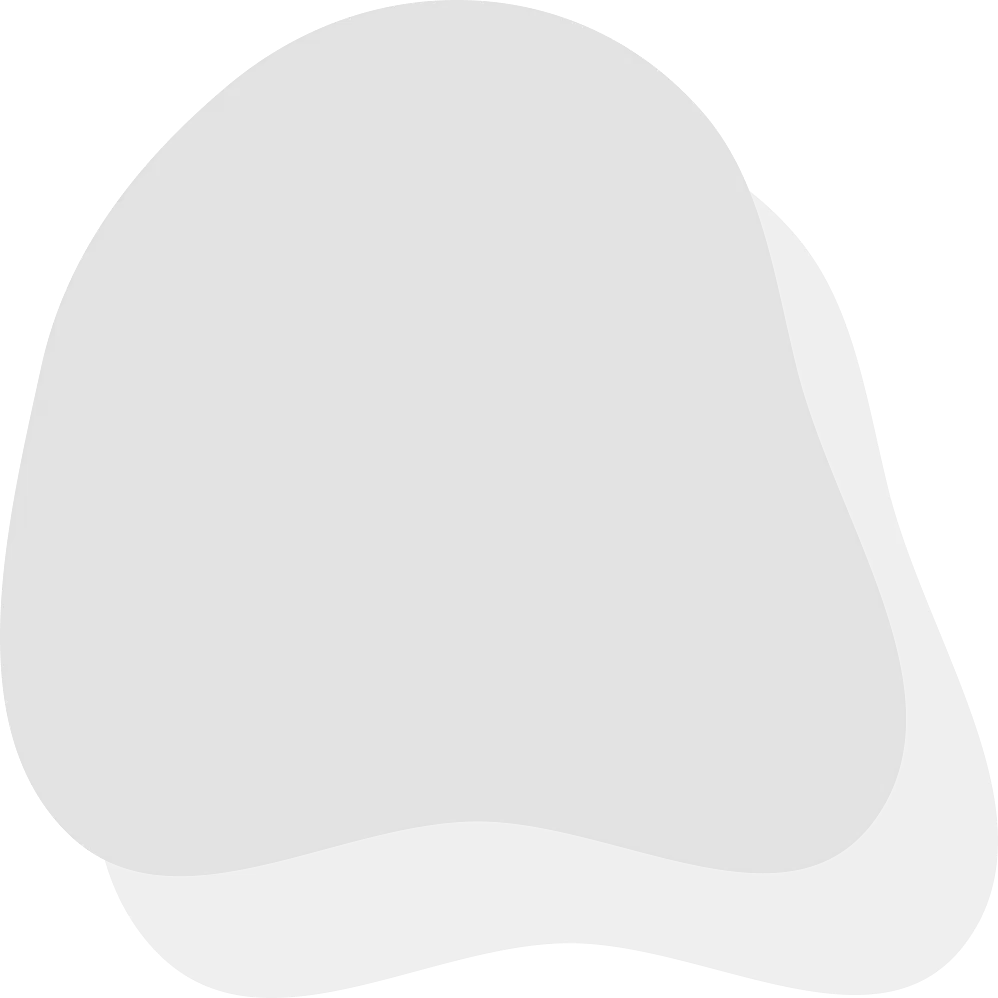A magnet is a material or object that produces a magnetic field, attracting certain metals (like iron, nickel, and cobalt). Magnets always have two poles north and south where opposites attract and likes repel. The main types are permanent magnets, temporary magnets, and electromagnets used in everything from fridge doors to motors and MRI machines.
Get step-by-step help (and kid-safe prompts) from DIY’s AI Homework Helper. Turn magnet facts into flashcards, summaries, and practice quizzes in seconds.
What is a magnet?
A magnet makes an invisible magnetic field that can pull or push on other magnetic materials without touching. Kids see magnets at home (fridge magnets), in headphones, credit cards, and compasses that point north.
How do magnets work? (simple explanation)
Inside matter, tiny electron spins act like mini magnets. In magnetic materials, many spins line up, creating a strong, unified field. That alignment is why magnets can attract, repel, or turn a compass needle.
Paste your question and ask for a “magnetism explained like I’m 8” breakdown—plus a quick 3-question quiz to check understanding. → Explain This with AI
North & south poles (polarity)
Every magnet has two poles: north and south.
Opposite poles attract (N ↔ S)
Like poles repel (N ↔ N, S ↔ S) This is also how a compass finds Earth’s magnetic north.

Types of magnets (with kid-friendly examples)
Permanent magnets – Always “on.” Examples: bar magnets, fridge magnets, and magnets in motors.
Temporary magnets – Magnetize only near a strong magnet.
Electromagnets – Turn on/off with electricity (coils of wire). Examples: MRI machines, cranes that lift scrap metal.
Everyday uses of magnets
Refrigerator doors
Speakers & headphones (move the coil for sound)
Compasses
Credit cards (magnetic stripe)
Industrial machines (lifting heavy metal)
Electric motors & generators, data storage, MRI scans (powerful electromagnets)
Try it at home: easy magnet experiments for kids
Attract or repel? Hold two bar magnets notice when they pull or push.
Magnetic vs. non-magnetic sort: Paper clips vs. plastic beads.
Find the poles: Hang a bar magnet by a string; the north end settles toward north.
DIY electromagnet: Wrap wire around an iron nail, connect to a battery briefly, and pick up paper clips (adult supervision).
Tip: Pair with a safe magnet science kit so kids can test ideas hands-on.
After you try an activity, ask the AI Homework Helper to generate lab notes, a results table, and a one-paragraph conclusion.
Why magnets matter
Magnets run motors, store data, guide navigation, and power medical imaging. In short, magnetism helps turn electricity into motion (and back), making modern tech possible.
Need Extra Help With Science Homework?
If you’re curious about magnets or any other science topic, you don’t have to learn alone. DIY.org’s Homework Helper AI Agent is designed to give kids clear, step-by-step explanations, answer questions, and make studying more fun. It’s like having a study buddy available anytime you need one.
Magnet FAQs
What is the simple definition of a magnet for kids?
A magnet is something that pulls certain metals and always has a north and south pole.
What metals do magnets attract?
Mostly iron, nickel, cobalt, and some steel (which contains iron).
Which type of magnet is the strongest?
For size and weight, neodymium (a rare-earth permanent magnet) is very strong.
Can magnets lose their strength?
Yes heat, hard impacts, or other strong magnetic fields can demagnetize them.
What’s the difference between permanent magnets and electromagnets?
Permanent magnets are always magnetic; electromagnets need electric current and can be switched on/off.
How do compasses work?
A tiny magnet (the needle) aligns with Earth’s magnetic field, pointing toward magnetic north.




